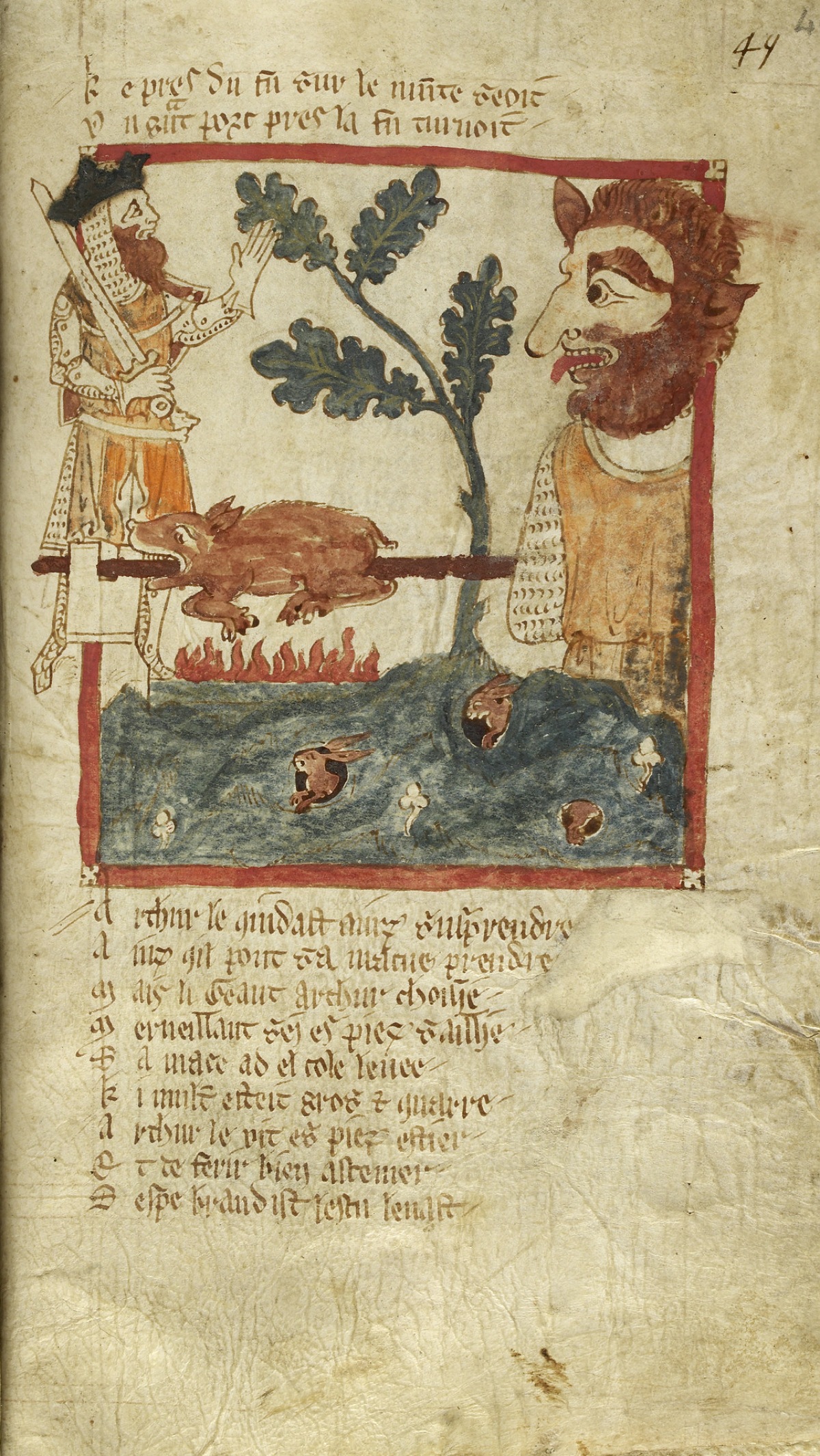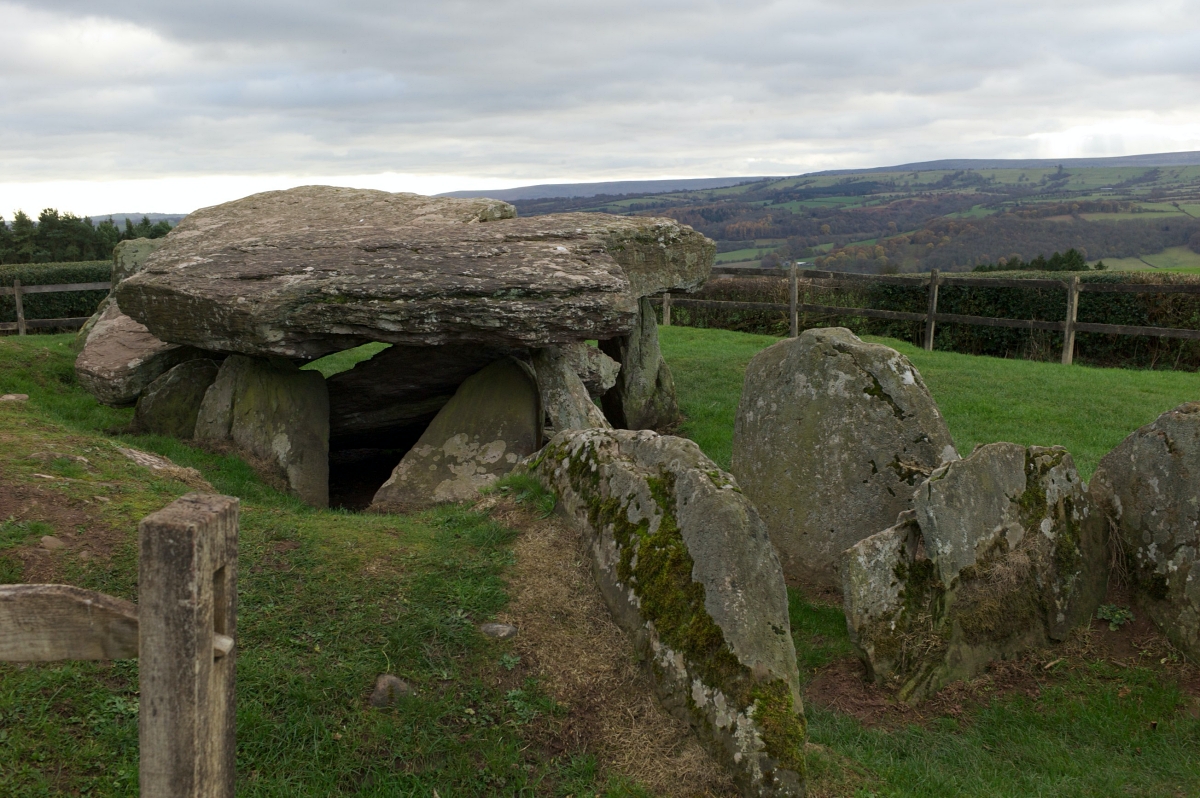King Arthur Landmark Shown to Predate Modern Era By 5,700 Years
As it turns out the area was multi-purpose.
The legend of Camelot and King Arthur have captivated audiences for close to 1,000 years. The idealized gallantry of the Knights of the Round Table has informed our notions of honor and duty for centuries. Researchers in the UK have now linked a popular landmark known as Arthur’s Stone to ancient peoples. The gathering of stones was the inspiration for C.S. Lewis’ Stone Table from The Lion, the Witch, and the Wardrobe and has long been linked to the King Arthur legend as well as other mystical notions. New evidence places the tomb at a much older date than was previously known.

The structure of the monument is configured with 9 vertical stones supporting a much larger horizontal stone (or table). Archaeologists from the University of Manchester and the University of Cardiff have recently excavated an area near the stones and found that there were two phases of construction for this ritual place, the first being around 5,700 years ago. This activity long predates the legend of King Arthur -which doesn’t appear in text until the Middle Ages.
Despite being called a tomb the area under the stones has never been excavated for human humans. According to English Heritage, which manages the site, the stones were likely not only used as a tomb. Rather, a false entrance is believed to have been the focal point for rituals and ceremonies, making this a place of worship surrounded by summer pastures.

According to legend the stones are where King Arthur slayed a giant and the creature’s fall is said to have marked one of the stones. The main stones were untouched for this study and are scheduled property, the oldest form of historical listing in the UK.
Similar stone tombs in other areas of the UK have been linked to larger wedge-shaped stone cairns. But, excavations from the vicinity of the Arthur’s Stone (also known as the Herefordshire Tomb) shows that the original cairn was much larger and extended down into a nearby field. The excavation project focused on areas away from the central stones where it was suspected that evidence of the construction of a more extensive site would be found.

Post holes from a later date orienting the cairn to a different direction were found, showing that the site was altered about 200 years after the original posts rotted away. This time-intensive construction over a long period shows the spiritual importance of such a site.
A nearby excavation in 2013 at Dorstone Hill revealed 3 such tombs, or Halls of the Dead, which were built for ceremonial use to honor the dead. Researchers believe that the Dorstone Hill halls had been deliberately torched, though by who remains unknown.
Like a hive of busy bees🐝, but rather than harvesting honey a team of archaeologists excavate a rich and under-exploited prehistoric record⚒. Today we are excited to welcome our 2021 UK: Herefordshire field school students to southwest Herefordshire! pic.twitter.com/cTW2f8fa8j
— IFR (@IFRArchaeology) June 23, 2021
The excavation near Arthur’s Stone was done through the joint Beneath Hay Bluff Project, a collaboration between the University of Manchester and the Herefordshire Council.
Julian Thomas, one of the leads on the project, said this notable area between England and Wales “is now becoming revealed as hosting an integrated Neolithic ceremonial landscape.”
SKM: below-content placeholderWhizzco for DOT

